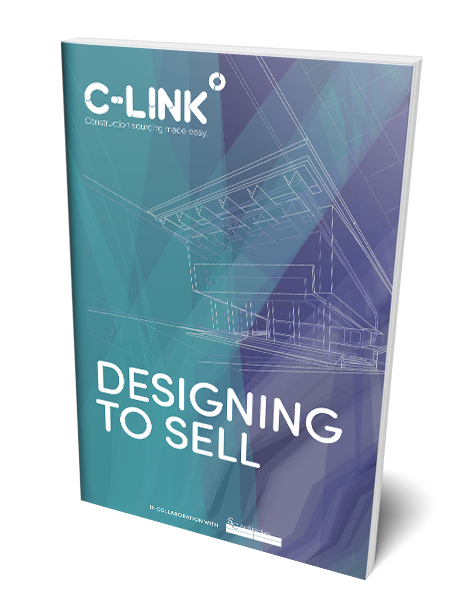Bringing interior design into construction

- blog
- >
- bringing-interior-design-into-construction
Understanding what interior design is
Interior design is often looked at as an optional, luxurious addition to the commercial housebuilding process. Conversely to popular belief, interior design is fundamental to successfully harmonising style, practicality, and functionality. Essentially, an interior designer will advise on the internal layout and propose appropriate reconfigurations and recommend products.
The role of an interior designer is hugely multifaceted as they balance planning, research, coordination, collaboration and management of entire projects, often working right from the initial design stages to ensure a well thought out design that considers the end-user. They will then carry the design from construction through to practical completion.
The importance of interior design in new developments
With hundreds of new developments going up across the country, it is vital to consider what makes a development stand out – the USP, if you will.
People want homes that have been well-thought-out and take into account their way of life. This is precisely the role of an interior designer; to get up close and personal with homeowners. What do they like? What do they dislike? What are the major issues in that specific area? What sells well in that area?
Instead of looking at interior design as an unnecessary addition, developers should see it as a tool to understand what prospective homeowners want from their homes. This is what is built and then sold.
The way we live has changed, and new homes need to reflect that
The coronavirus pandemic has had an enormous impact on almost every facet of our lives. It is essential to consider how it will continue to and is currently impacting the way we live in our homes, and therefore is influencing the kinds of houses that people want to buy.
At the beginning of 2020, there was a sudden surge of people isolated indoors for long periods, and our homes became even more critical. With a forced migration from hosting and a move towards nesting, what we want from our homes has changed significantly.
The rise of working from home
The most prevalent example of this can be seen through the shift from office-based work to home working. The average person did not have a ready-made office set-up at home and had to adapt spare bedrooms, corridors, sheds, and kitchen islands to create a workspace. As the pandemic and lockdown restrictions have slowly begun to ease across the UK, most people are still working from home at least some of the time. Therefore, home offices or multi-purpose spaces are on the rise, and this is something developers should be paying close attention to. Designers of future homes must balance job requirements with the privacy and safety of the family.
The importance of walls
For decades big, open-plan spaces have dominated the interior design aesthetic. However, separation was often aspirational following successive lockdowns where whole families were confined to their houses, all working, schooling, cooking, eating, and sleeping within the same four walls. Open-plan spaces have their benefits, but, as is the case in homes and workplaces, they also have drawbacks when quiet and privacy are desired. It is exciting to see how coronavirus has spurred on a massive revival of the humble wall.
Sustainability
Climate change has been a pressing issue for the last few years, and its importance is only gaining more traction. Lockdown saw considerable increases in the popularity of bicycles, plants, and even baking sourdough bread. These facets of sustainability are here to stay, and developers should also note how there is now a demand for sustainability, especially in younger generations who will be looking to buy for the first time soon. For example, homeowners in the past would have required car parking spaces as a standard. Now it is bicycle storage that must be integrated into designs.
Interior design is a huge industry. It will be interesting to see how the design of homes will adapt and change to suit modern requirements as we move past coronavirus and new issues and challenges arise.
Photo by Brett Jordan on Unsplash
About Mollie Kate Cohen
Mollie is a freelance writer, having started her career as a specialist bid writer. She has a degree in English Literature and History which only solidified her passion for books and writing. She enjoys being challenged and learning new things – hence ending up working in the construction industry!
-
Free Resources

Designing to Sell
Download now
Why not also take a look at these…
-
New materials in the world of interio...
The world of design is looking to constantly evolve, creating new trends to wow clients. Interior...

-
Mock-ups and samples: How to assess c...
“Failing to prepare, is preparing to fail” – it’s something we’ve all heard many times before, es...

-
What should a lighting specification ...
Lighting is becoming an increasingly complex part of building services and project delivery. The ...




